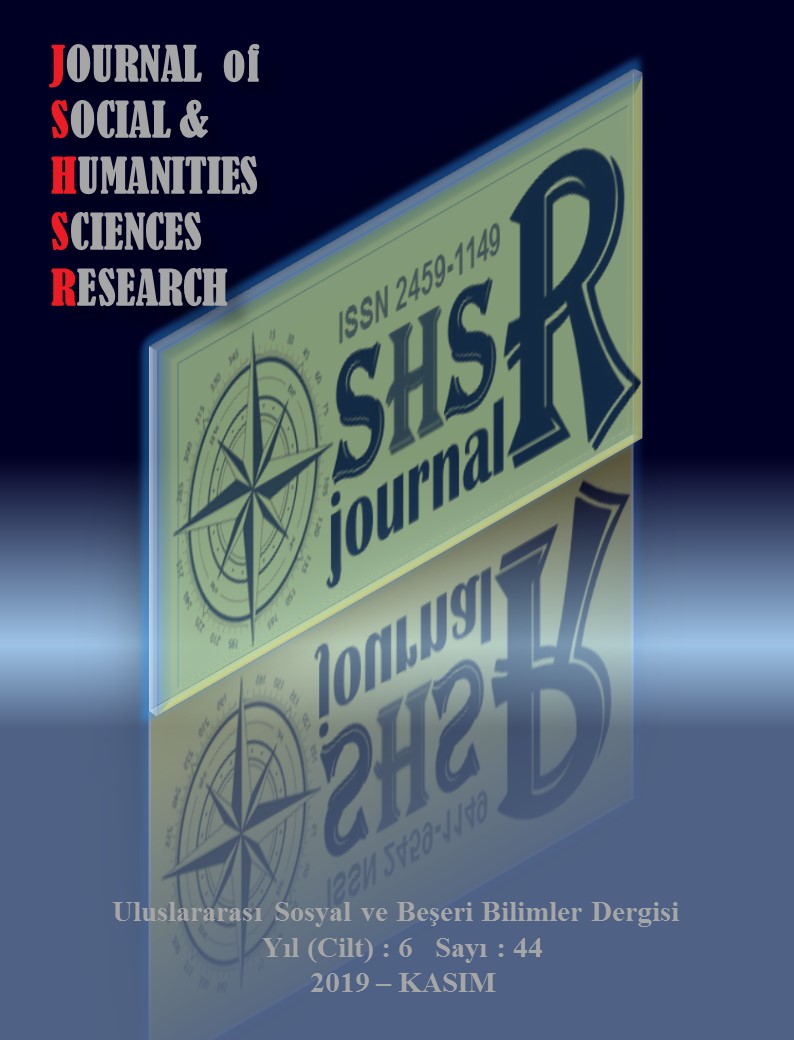AN EXAMINATION OF PAUL HINDEMITH’S FLUTE AND PIANO SONATA
DOI:
https://doi.org/10.26450/jshsr.1555Keywords:
Paul Hindemith, Hindemith's Sonata for Flute and Piano, Gebrauchsmusik, Neo-ClassicismAbstract
In this study, the Sonata for Flute and Piano, composed by Paul Hindemith; an important German composer, conductor,
performer and educator of the 20th century, was examined. Hindemith is the pioneer of Gebrauchsmusik and Neo-Classicism.
Composer used flute instrument at his chamber music, opera, symphony works. He composed many works in “Sonata” form.
The composer has ten sonatas for wind instruments, and the first sonata for woodwind was this Flute and Piano Sonata
composed in 1936 in Berlin. The first performance of Flute and Piano Sonata was performed by Georges Barrère and Jesus
Maria Sanroma on April 10, 1937, during Hindemith's visit to the US that year, at the Library of Congress in Washington.
Hindemith's Flute and Piano Sonata consists of three parts: Heiter bewegt, Sehr langsam, Sehr lebhaft and Marsch. Hindemith's
Flute and Piano Sonata, which does not have a certain order in the relations between tones, is an example of neo-classicalism
in terms of form and motif usage.
Downloads
Published
How to Cite
Issue
Section
License
Copyright (c) 2019 INTERNATIONAL JOURNAL OF SOCIAL HUMANITIES SCIENCES RESEARCH

This work is licensed under a Creative Commons Attribution 4.0 International License.


